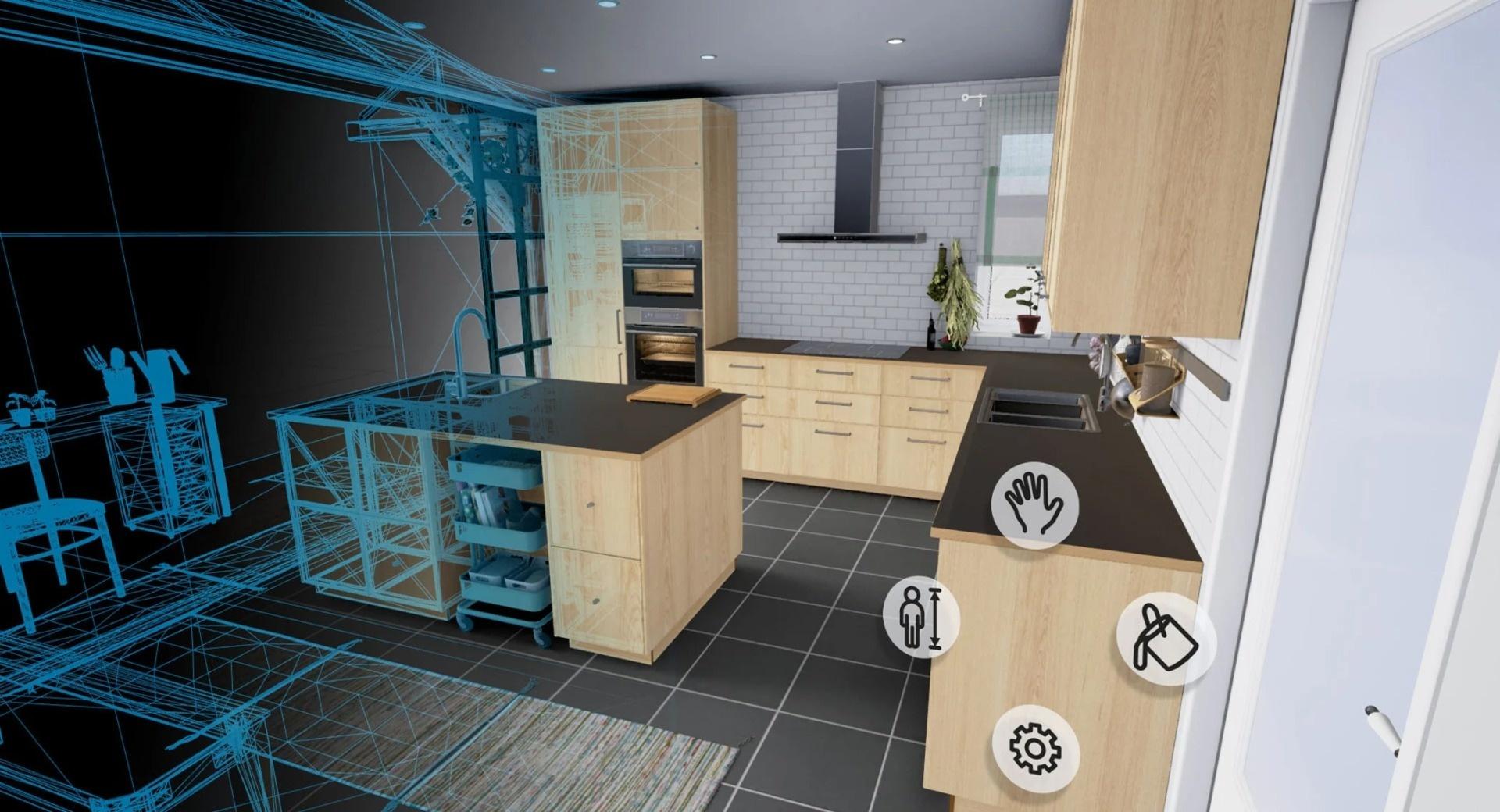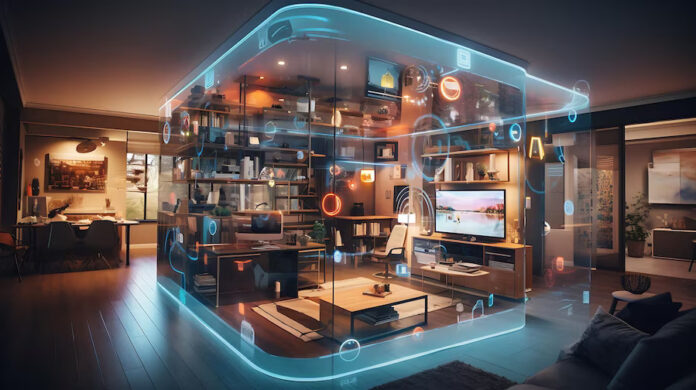Discover the cutting-edge fusion of art and technology in AI Interior Design with AI-driven solutions. Explore innovative trends and personalized spaces. In the realm of interior design, where creativity meets functionality, a new player has emerged – artificial intelligence (AI). The marriage of art and technology has given rise to a fascinating trend: AI-driven interior design. Gone are the days when interior design relied solely on the intuition and expertise of human designers. Today, AI algorithms are revolutionizing the industry by offering innovative solutions, enhancing efficiency, and pushing the boundaries of creativity.
Contents
The Role of AI Interior Design
Artificial intelligence has found its way into various aspects of interior design, from conceptualization to execution. One of the key areas where AI shines is in space planning. By analyzing spatial data and user preferences, AI algorithms can generate optimized floor plans that maximize both functionality and aesthetics. These floor plans take into account factors such as natural light, traffic flow, and furniture placement, resulting in spaces that are not only visually appealing but also highly efficient. AI Interior Design explores the latest Interior Design Trends influenced by innovative AI-driven solutions.
Moreover, AI-powered software can assist designers in creating mood boards, selecting color palettes, and sourcing materials. By analyzing vast databases of design trends, AI can provide valuable insights into what combinations work best for a given space and style. This not only streamlines the design process but also opens up a world of possibilities for experimentation and innovation.

Enhancing Creativity Through Collaboration
Contrary to popular belief, AI interior design is not about replacing human designers but rather empowering them. By handling repetitive tasks and offering data-driven recommendations, AI frees up designers to focus on what they do best – creativity. In fact, many designers view AI as a collaborative tool rather than a competitor.
For example, some AI platforms employ generative design techniques, where designers input parameters such as room dimensions and style preferences, and the AI generates numerous design options based on these inputs. Designers can then cherry-pick elements from these options to create truly unique and personalized spaces. This collaborative approach allows designers to leverage the computational power of AI while retaining their artistic vision and intuition.
Personalized Design Solutions
One of the most exciting aspects of AI in interior design is its ability to personalize spaces according to individual preferences and needs. Through machine learning algorithms, AI platforms can analyze vast amounts of data, including user behavior, demographics, and cultural trends, to create tailored design solutions.
For instance, an AI-powered interior design platform might take into account factors such as the client’s lifestyle, personality, and even biometric data to recommend furniture layouts, lighting schemes, and decor choices that resonate with them on a personal level. This level of customization goes beyond mere aesthetics; it creates spaces that are truly reflective of the occupants’ identities and aspirations.
Challenges and Ethical Considerations
Despite its potential benefits, the integration of AI into interior design is not without challenges. One of the primary concerns is the ethical implications of relying too heavily on AI algorithms. Design is inherently subjective, and there is a risk that AI-driven designs may lack the human touch and emotional resonance that comes from genuine human creativity.
Moreover, there are concerns about privacy and data security, especially when it comes to collecting and analyzing personal information to inform design decisions. Designers and AI developers must tread carefully to ensure that user data is handled responsibly and transparently, with appropriate safeguards in place to protect individuals’ privacy rights.
Looking Ahead: The Future of AI in Interior Design
Despite these challenges, the fusion of art and technology in interior design holds immense promise for the future. As AI algorithms become more sophisticated and designers become more adept at harnessing their power, we can expect to see even more innovative and personalized design solutions emerge.
Furthermore, AI has the potential to democratize interior design by making it more accessible and affordable to a wider audience. By automating tedious tasks and offering design assistance at a fraction of the cost of traditional services, AI-driven platforms can empower homeowners and small businesses to create beautiful and functional spaces without breaking the bank.
Conclusion
The fusion of art and technology in interior design represents a paradigm shift in how we conceptualize and create spaces. By harnessing the power of AI, designers can unlock new levels of creativity, efficiency, and personalization, ushering in a new era of design innovation. As AI continues to evolve, it will undoubtedly play an increasingly integral role in shaping the way we live, work, and interact with our built environments.




[…] AI Code Assistant is a software tool powered by artificial intelligence algorithms that assists […]